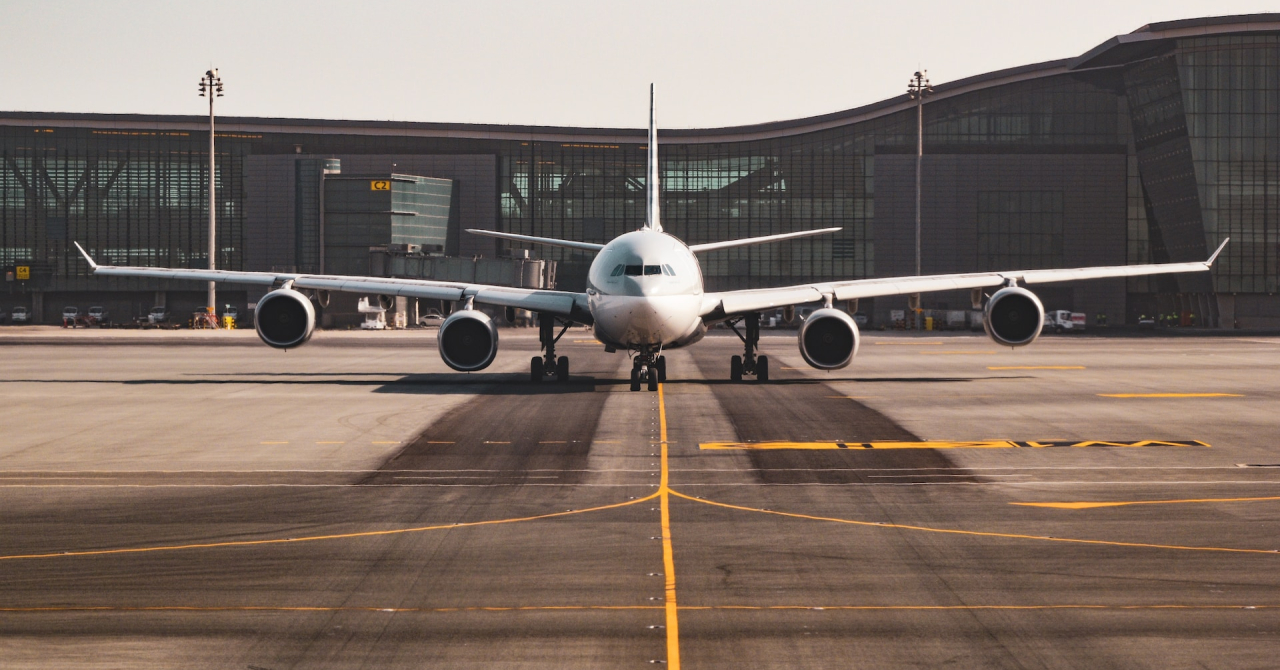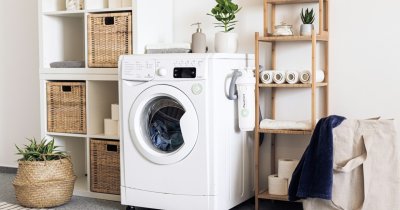What are sustainable aviation fuels
Sustainable aviation fuels are a renewable type of fuel made for various aircraft, which has very similar properties to usual kerosene, but with a much lower carbon footprint. Compared to its traditional counterpart, SAF has an up to 80% lower impact on the environment throughout its lifetime in the form of greenhouse gas emissions.
At the same time, SAF can also be blended with kerosene at different levels, usually ranging from 10 to 50% share. Experts at the International Civil Aviation Organization (ICAO) claim that around 360.000 commercial flights have implemented SAF in around 46 airports around the world, mostly in the US and in Europe.
We talked to Daria Sergeeva, Sustainability Communications Manager, Wizz Air, to find out more about how SAF is made, how we can currently use it in existing planes and what are the future plans regarding this wonder-fuel.
Aviation currently accounts for 2% of the world's carbon footprint, according to the US Department of Energy, as well as for 12% of all transport emissions, which is why, for now at least, SAF plays a big role in helping us continue flying with a lower impact on the planet, before emerging technologies take over.
Electric planes, one of the best bets for long-term aviation decarbonization, can either be powered by batteries or by hydrogen, with the former variant potentially being more difficult to implement, due to the weight of batteries and the time it would take to charge those.
Hydrogen-powered planes are another alternative that some companies are looking at, but that has its own challenges, namely ensuring that we have enough fuel in the right form for planes to be able to take advantage of.

Another option some companies explore, such as Airbus, is hybrid powertrain planes, which still use a kerosene-powered jet engine, but in combination with an electric motor system that can be used for taxi-out, take-off assist, part of the cruising and then for taxi-in.
According to Airbus, a hybrid propulsion system for aircraft would allow for a 5% reduction in fuel use compared to a standard flight, which may not seem a lot, but for the many flights that take place every day, the savings would end up being quite significant.
How SAF is made
Back to sustainable aviation fuels, how exactly are these made? There are a number of ways we can obtain SAF, but only one large-scale, commercial way is currently available, according to experts at Wizz Air. HEFA-based (hydroprocessed esters and fatty acids) biofuels are the only current commercial source of SAF and they can be made from hydroprocessing vegetable oils, residual oils and fatty acids.
"There are other ways to produce SAF, but only a handful technological processes are certified to produce SAF that can be used in commercial aviation", Daria told us.
Woody biomass and municipal solid waste are two other feedstocks that help us produce SAF. In 2022, officials at the International Air Transport Association (IATA) stated that the total amount of SAF produced around the world cumulated to some 300 million liters, while by 2028, they expect the production to increase to around 69 billion liters, as demand increases from global airline companies.
Which planes can currently run on SAF and what are the advantages
Daria told Green Start-Up that "currently, Airbus A321neo aircraft, which represent more than 50% of Wizz Air's fleet, are certified to fly with at least a 50% share of SAF. Engine manufacturers are working continuously in order to allow us to have a 100% share of SAF in our aircraft, eventually."

One of the benefits that come with using SAF in current aircraft, but also future models, is that this fuel is compatible with existing engines, made by the likes of Rolls Royce and General Electric, so long as it is being blended with kerosene.
Also, as stated in the beginning, SAF has the potential to reduce greenhouse gas emissions by as much as 80% compared to using only kerosene, while the flexibility in the production process ensures that we can make these fuels from a wide-range of residue.
The benefits extend to other industries, such as farming, since farmers can have an extra stream of revenue for the waste their farms generate.
While it has an 80% lower impact on the planet compared to kerosene, SAF still releases some greenhouse gas emissions, which means that it is more of a transitional technology, rather than one that aims to fully solve our flying problem.
Before other sustainable solutions hit the market, SAF is also more expensive than traditional kerosene, about 2-3 times more expensive according to Wizz Air officials, meaning that it costs airlines more money to operate SAF-running planes per flight.
However, this is currently our best bet to decarbonize aviation and airline companies, such as Wizz Air, already started testing the use of SAF in planes.
As far as Wizz Air goes, the company's first SAF-powered flight took place in 2022, between Bucharest and Lyon in an Airbus A321neo, which was fueled with a 4.5 ton of SAF blend. The exact share, as per Daria, was 30% SAF and 70% A1 aircraft engine fuel.
"In 2023, Wizz Air became the first Hungarian airliner to commercially test SAF fueling on Budapest's airport and operated five flights from it using a 35% share of SAF", we were told by Wizz Air's Sustainability Communications Manager.
What's next for Wizz's mission to become one of the top SAF-adopters
Wizz Air is one of the airline companies that is continuously committed to reduce its carbon footprint and according to Daria Sergeeva, the company views SAF as a connection between the present and the future. Two other ways Wizz reduces its impact on the planet is by investing in next-generation aircraft, whenever those are commercially available, as well as in operational efficiency.

The company's vision for SAF is well-embedded, as it has four established partnerships with some of the world's largest SAF manufacturers, Mabanaft, OMV, Neste and Cepsa. The company invested in SAF-specialized startups, such as British Firefly Green Fuels, which received 5 million GBP from Wizz Air.
The company also participated in a 50 million USD investment round in an American startup focused on SAF production, CleanJoule, about which we also wrote on Green Start-Up.
Daria also explained that "SAF demand will be dictated by price, availability and regulation. Currently, we can't commit to using higher levels of SAF than what the industry's being expected to, at least not until we see that the infrastructure and the supply chain will evolve themselves to ensure that aviation has what it needs to operate."
 Mihai - Cristian Ioniță
Mihai - Cristian Ioniță












Any thoughts?